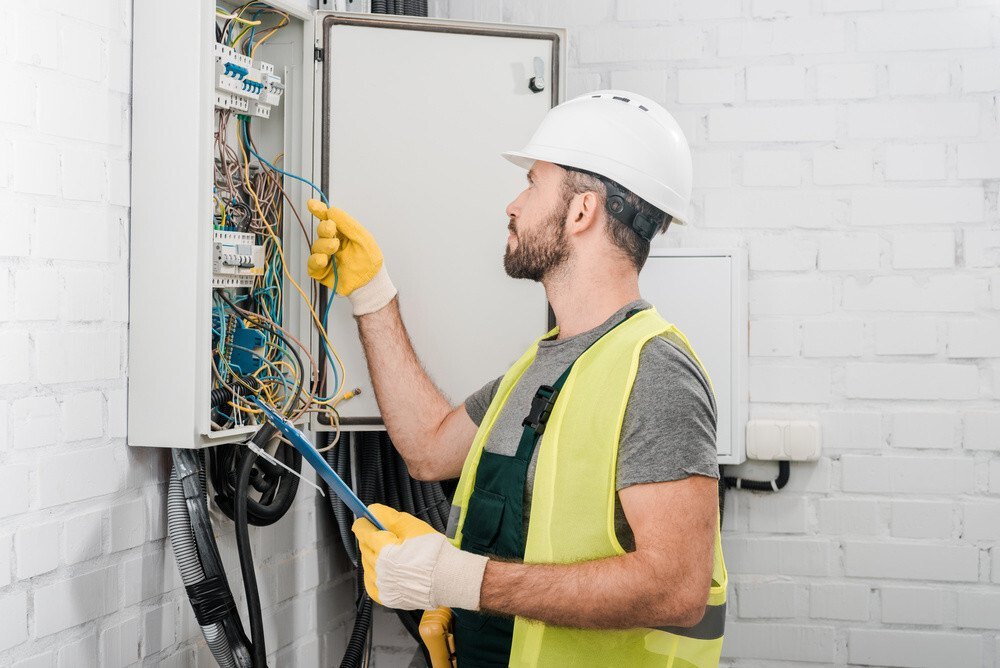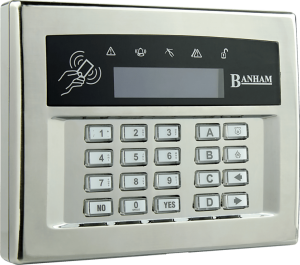
Electricity is a vital part of our daily lives, powering our homes and providing the energy we need for various appliances and devices. However, when electrical issues arise, it can be both frustrating and potentially dangerous. In this article, we’ll explore common residential electrical services issues and provide troubleshooting tips. Additionally, we’ll delve into the importance of understanding powerpoint wiring for a safer and more efficient electrical system.
Identifying Common Electrical Service Issues
Flickering Lights:
-
- Possible Causes: Loose bulbs, faulty wiring, or issues with the electrical panel.
- Troubleshooting: Tighten bulbs, check for loose wires, and inspect the electrical panel for tripped breakers.
Tripped Circuit Breakers:
-
- Possible Causes: Overloaded circuits, short circuits, or faulty appliances.
- Troubleshooting: Identify the overloaded circuit, unplug appliances, and reset the breaker. If the problem persists, consult a professional.
Power Outages:
-
- Possible Causes: External power grid issues or faults within your home’s wiring.
- Troubleshooting: Check if neighbors are experiencing outages. If not, inspect your circuit breaker and call your utility company if needed.
Electrical Shocks:
-
- Possible Causes: Faulty wiring, damaged outlets, or defective appliances.
- Troubleshooting: Turn off power to the affected area, inspect outlets for damage, and consult a professional if needed.
Powerpoint Wiring
One critical aspect of troubleshooting electrical issues is understanding powerpoint wiring, which refers to the wiring of electrical outlets or receptacles. Proper wiring ensures a safe and efficient flow of electricity throughout your home.
Basic Powerpoint Wiring:
-
- Electrical outlets typically have three wires: hot (black), neutral (white), and ground (green or bare copper). Understanding these connections is crucial for safety.
- The hot wire carries the current from the power source, the neutral wire completes the circuit, and the ground wire provides a path for fault currents to prevent shocks.
Safe Wiring Practices:
-
- Ensure all outlets are properly grounded. A lack of grounding can lead to electrical shocks and increased risk of electrical fires.
- Use proper wire sizes for different circuits to prevent overheating and potential fire hazards.
Upgrading Outlets:
-
- Consider upgrading outlets to Ground Fault Circuit Interrupter (GFCI) or Arc Fault Circuit Interrupter (AFCI) types for added safety. GFCIs protect against shocks, while AFCIs guard against electrical fires.
DIY vs. Professional Assistance:
-
- While some electrical work can be done as a DIY project, it’s crucial to recognise your limits. Complex tasks, like rewiring or panel upgrades, should be left to licensed electricians to ensure safety and compliance with electrical codes.
Additional Tips for Troubleshooting:
Inspect Wiring for Damage:
-
- Regularly check wiring for signs of wear, damage, or overheating. Replace any damaged wiring promptly.
Use Surge Protectors:
-
- Install surge protectors to safeguard sensitive electronics from power surges caused by lightning or other electrical issues.
Consult a Professional:
-
- If you’re uncertain about the cause of an electrical problem or if the issue persists after troubleshooting, seek assistance from a licensed electrician. Electrical issues can be complex and require expertise to ensure proper resolution.
Conclusion:
Understanding and troubleshooting common residential electrical service issues, along with grasping the intricacies of powerpoint wiring, is essential for maintaining a safe and functional electrical system in your home. Regular inspections, adherence to safety practices, and knowing when to seek professional help will contribute to a secure and efficient electrical environment for you and your family.



